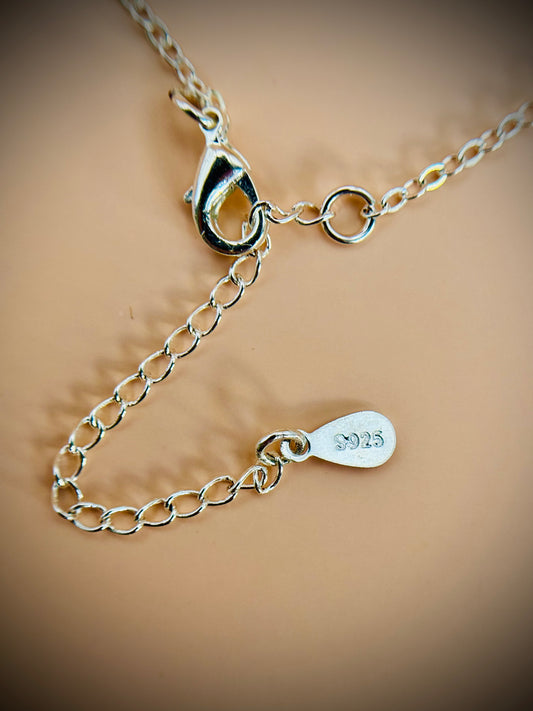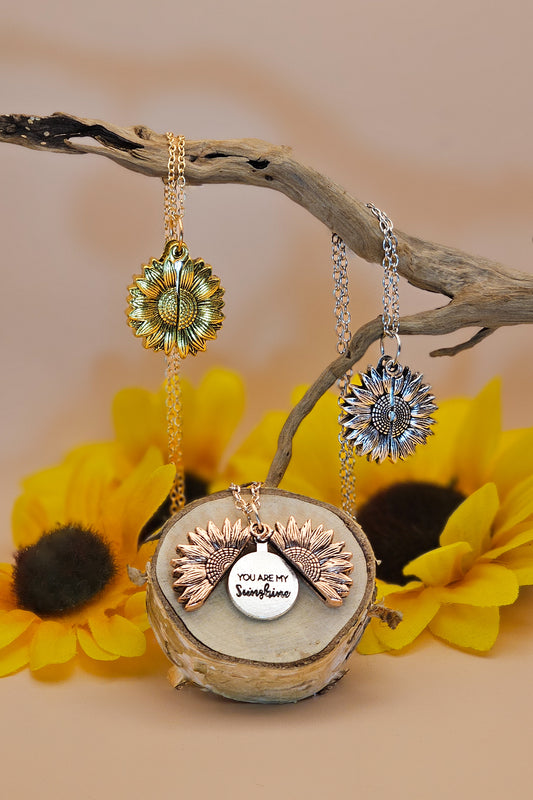In 2015 there were cutting edge insights into how some plants realized that honeybees love caffeine, and they had developed a way to add it to their nectar so bees would keep coming back for more.
Britain’s University of Sussex researchers Roger Schürch and Margaret Couvillon demonstrated before anyone else that bees are drugged with caffeine by plants that want to keep them foraging around these plants for more caffeine bonuses.
It was already a known fact, based on research performed by other biologists, that bees have a sweet spot for caffeine. An obsessive quality takes over, when bees pass up flowers that have a higher nectar level for flowers that have caffeine in their nectar. Caffeine makes flower nectar less sweet.
Caffeine gives bees the same sort of energy boost that humans enjoy from the dark liquid, so it is understandable that hard working ‘busy bee’ foragers will want an energetic pick-me-up.
The research used feeders that had caffeine and sucrose, as compared to feeders with only sucrose. The response by bees was to forage more around the caffeinated feeders. Bees back at the hive did the waggle dance to inform their fellow worker bees of the whereabouts of the caffeine-laced nectar.
Honey production can suffer when too many honeybees become addicted to and prefer plants with caffeine. They may avoid or visit less frequently non-caffeine-related plants. This can lower pollination levels across many plant species. Over time, this can also influence the decline in the bee population.
The fact is that plants are evolving to attract bees with caffeine. Researchers have found other addictive compounds in most flowers that may change the behavior of bees over time, and the fallout to pollination is, so far, unknown.
A newer study by researchers has been published in the journal Current Biology on July 28, 2021, concerning the effects of feeding caffeine to bumblebees. This study indicates that caffeine helps the bees to better remember the smell of a specific flower with nectar inside. Previous studies indicate that bees more frequently visit caffeinated flowers to get more of it, but this new study shows that when bees consume caffeine in their nests, it helps them find certain flowers when outside the nest.
This unrelated 4:15-minute video by Gross Science discusses some bee addictions:
Like human students relying on espresso shots to keep them awake as they cram for exams, bumblebees seem to learn better with a shot of caffeine-laced nectar. Sarah Arnold, a researcher at the Natural Resources Institute (NRI) of the University of Greenwich in the UK, indicated that rather than make bees hyper or jittery, caffeine consumption makes them more efficient and motivated.
The scientists wanted to see if caffeine would help bumblebee brains to make positive associations with certain flower odors and a sugar reward. Bumblebees are a bit challenged when it comes to choosing the best flower foods, due to their vision not being very sharp at long range. As a result, they rely on such cues as their sense of smell to find good flowers.
Caffeine occurs naturally in coffee and citrus plants, and scientists already knew that bees love to pollinate these flowers. As part of the research, Arnold and her team gave the bees caffeine at their nests, so they learned to associate a synthetic strawberry scented flower with a sugar solution. Later, when they foraged for food and chose the strawberry-scented flowers, their nectar reward would be sweet but decaffeinated.
Postdoctoral researcher Jan-Hendrik Dudenhöffer split 86 bumblebees into three groups. Group 1 had the strawberry order with caffeinated sugar solution. Group 2 had strawberry odor and sugar solution. Group 3 had just the sugar solution with no linked scent. To read more details about the technical statistics of the experiment, you can click here.
The conclusion seems to suggest that caffeine did have a noticeable impact on improving the bumblebees’ ability to recognize a strawberry flower from its odor and to remember that it has their preferred nectar.
Arnold stated that in some ways, the bumblebees were unlearning as fast as they were learning. Their preference didn’t last very long, and the caffeinated bees got past their early preference for strawberry flowers and began to visit the other types of flowers just as much.
This could have been anticipated, she said, because either way the bees got sugar. An added observation for researchers is that caffeine seemed to improve the motor learning skills in the bees. Their ‘handling speed’ or the number of flowers they visited in a certain timeframe got faster. Caffeinated bees improved faster than non-coffee-drinking bees.
This has big implications for agriculture, Arnold says. Strawberry farmers, for instance, buy from dozens to hundreds of boxes of commercial bumblebees annually, only to have them stray off to neighboring wildflowers instead of to their strawberry flowers. Teaching bees to prefer a caffeine crop will result in growers getting more value for the money spent on nests, and leaves wildflower resources for wild bees. It ends up as a win-win solution for everyone, including the bees.








